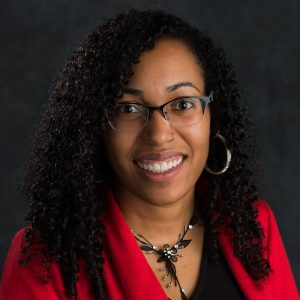
Sustainability scholars at Michigan State University in this week’s journal Nature Ecology and Evolution revealed the decades-long gaps in research and propose a new way of creating accurate visions for endangered species.
To map and predict species geographic distributions around the globe and understand the factors that drive them, ecologists,, conservation biologists, and many others use powerful computational tools called species distribution models, or SDMs. These tools are used for conservation, understanding disease spread, food security, policy planning, and many other applications. To inform their predictions, scientists typically include the surrounding environment, such as climate and natural habitat.
Human activities conspicuously absent from many models
But according to Veronica Frans, Ph.D. candidate and member of the of the Klausmeier-Litchman Lab at W.K. Kellogg Biological Station, “we have a new reality that must be recognized if we want SDM predictions to be realistic and most helpful: we live in a human-dominated world.”
Frans and her advisor Jianguo “Jack” Liu, Rachel Carson chair in sustainability and director of MSU’s Center for Systems Integration and Sustainability, reviewed and synthesized 12,854 published studies covering over 58,000 species around the world, modeled across local to global spatial scales.
They found that only 11 percent of those studies included human activities – which Frans said doesn’t reflect reality.
They also found how scientists have been considering the future: nearly half of the SDM studies predicting species distributions have used different future climate scenarios but left data related to human activities constant over time. This means that modelers trying to understand where species will be distributed in the next 50 to 100 years were assuming human activities, development, infrastructure, and other human pressures will not change in the future.
“In our current era, human influence is pervasive and human-species interactions are diversifying and amplifying, and yet it is not being well accounted for in one of the most popular modeling tools in ecology,” Frans said.

A legacy of conservation; a commitment to sustainability.
3700 E. Gull Lake Drive
Hickory Corners, MI 49060
(269) 671-5117
info@kbs.msu.edu